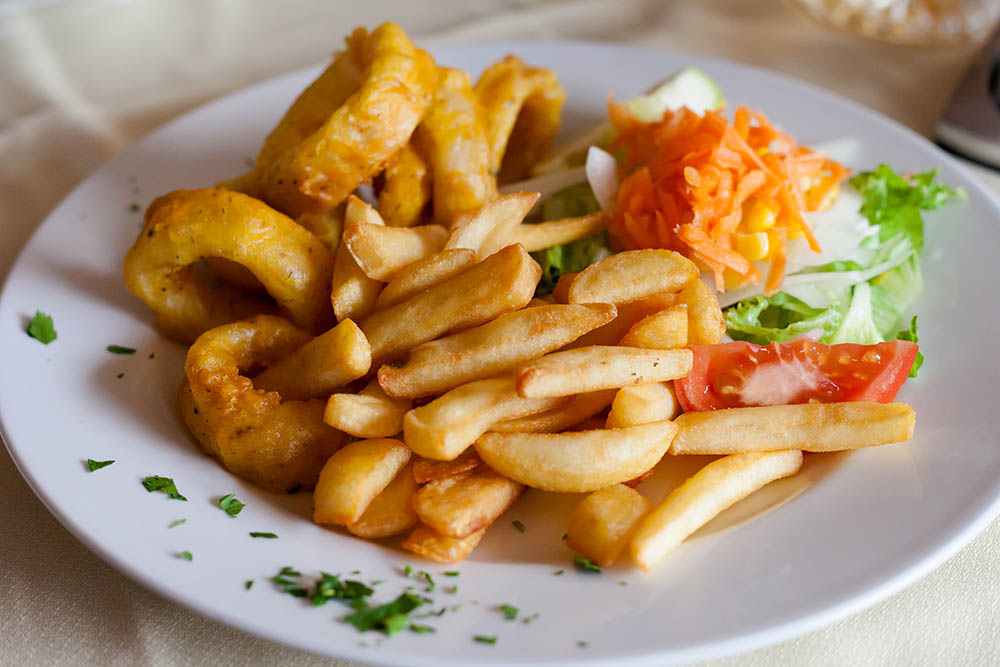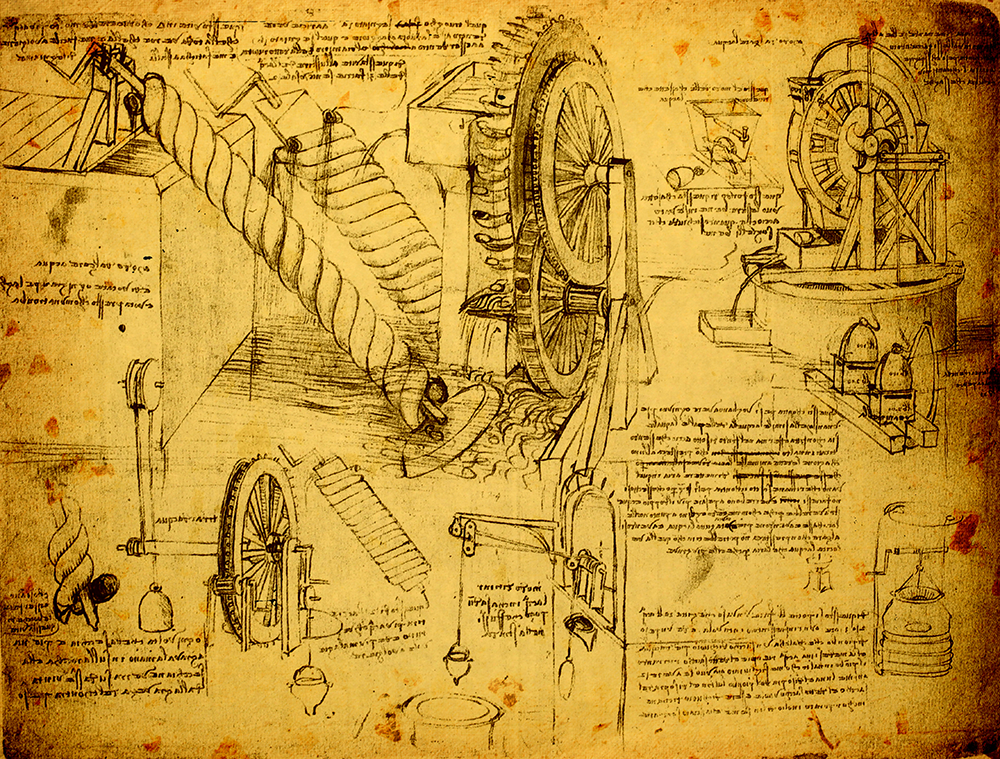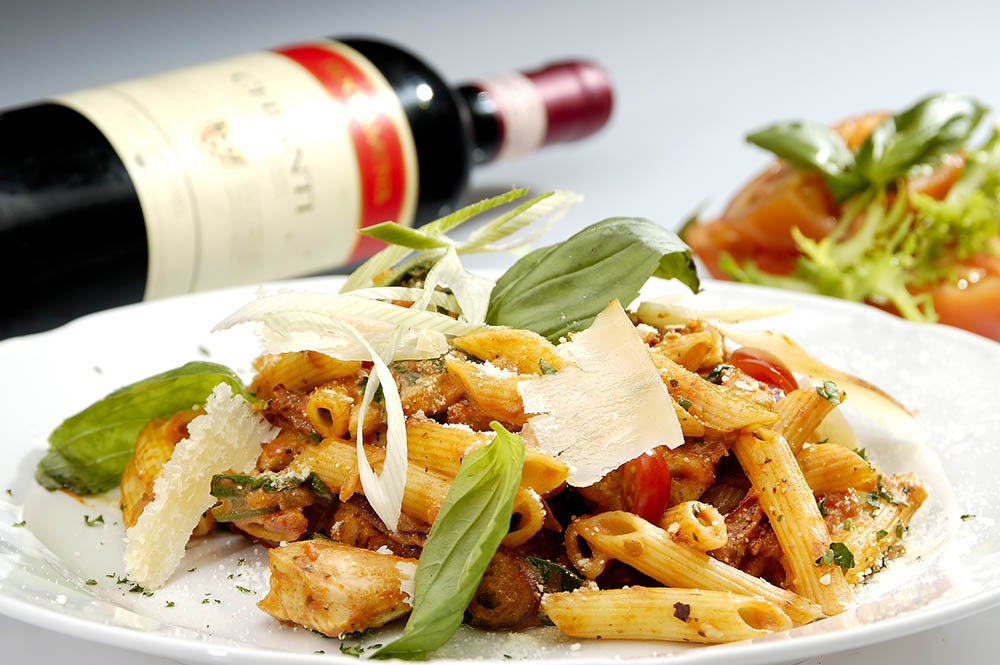Italian cuisine is a staple of family dinner tables from Rome to all four corners of the globe. Italian restaurants delight in offering the authentic taste of Italy and there have been countless recipe books published over the last 100 years that show us how to make dishes like chicken piccata and fettuccine alfredo.
The truth is that country we call Italy today is very young in comparison to some of its neighbors. The Kingdom of Italy only formed in the mid-19th century. Before that, it was just a series of regions, each with its culinary specialties.
Here we take a quick look at how Italian cuisine developed over the years. Let’s start with the Roman Empire.
Roman Cuisine

At its height, the Roman Empire covered three continents including the majority of Europe and a good part of Asia and North Africa. The trade between these regions brought new foods to the center of civilization, including grains, spices and fruits.
The Romans were particularly fond of their food so it’s not surprising that this period in history saw a great deal of experimentation. Surrounded on three sides by the Mediterranean, the empire was also blessed with a plentiful supply of fish – it’s no surprise that seafood recipes from Rome plays a fundamental role in modern Italian cuisine to this day.
During this time, we also see the first recipe books being written. The most famous, by the Roman gourmet Marcus Gavius Apicius, contained dishes aimed at the indulgent rich including more exotic offerings such as braised flamingo.
The Middle Ages
As the Roman Empire declined, the regions that would later form Italy became more fragmented. With the rise of Christianity, there was a more ‘moral’ slant to daily living, even for the rich, compared to the excesses of the Romans. This naturally seeped into what you were supposed to eat – the tendency was towards plain foods. If you were a monk during Middle Ages, your diet would largely have consisted of beans and other legumes with bread with perhaps some cheese for special celebrations.
Areas like Sicily came under the control of the Middle East and Arabic countries. Because of this, trade was still vibrant and led to some development in the culinary arts. Pasta, for instance, is thought to have originated in Asia but came to Italy via the Middle East at about this time. We all about blending Asian and Italian flavors together at SESAMO.
With the rise of a new class of bourgeois citizens in the later Middle Ages, however, things once more turned towards experimentation and excess, particularly when it came to dining for the rich.
The Renaissance

Considered a re-birthing of culture in Europe following the Crusades, the Renaissance ran from the 14th to the 17th century. This was the time of Catherine De Medici, Leonardo Da Vinci, Dante, and Michelangelo. It’s no surprise that this was also a period in history that saw greater experimentation with food.
One of the most important areas was Tuscany which became a center of excellence. Some of this was certainly driven by the fertile lands and market towns like Florence where fine local meats, vegetables and cheeses and wines were sold.
The rise of Catholicism and a central pope also changed the way religion oversaw the local regions and beyond. There was the return of great feasts to celebrate holidays. Sugar had also been introduced to the region, leading to more experimentation in cooking. Indeed, a monopoly of sugar was held in Venice making Italy one of the most powerful trading countries in the world.
17th to 20th Centuries
As we head through the 17th century, we see simpler foods becoming popular in the wider region with the creation of macaroni, tagliatelle and gnocchi, staples of Italian cooking even today. There was a good deal of regional variation which exists to this day, especially in areas like Sicily and Naples.
It’s about this time that we also see the precursors of modern cookbooks. Giovan Battista Critci wrote a long text on southern cuisine and, with the invention of printing, this could be distributed widely.
By the 1800s, the different regions finally joined together to form the Kingdom of Italy. Advances in cuisine went hand in hand with the rise in technology and better communication between provinces. We also see the invention of revolutionary practices such as pasteurization and the ability to store meat and poultry for longer which made certain foods more widely available to the general public.
Italian Cuisine in the Modern Era

The last 150 years largely tell the tale of how Italian cuisine has spread around the world. Large numbers of immigrants traveled by ship to destinations like New York, especially at the turn of the 20th century, where they helped changed the culinary landscape.
Immigrants to America started almost immediately to make their variations on Italian classics. The cannoli, created in Sicily, became a favorite with local New Yorkers and is still one of the big sellers in authentic Italian bakeries in busy areas like Hell’s Kitchen.
During the first half of the 20th century, Italy itself was faced with some desperate times including a worldwide depression and the outbreak of war as well as the rise of fascism. Hard times meant ingredients were often in scarce supply which required a good deal of imagination when cooking. Modern authentic Italian cooking tends to use few ingredients, something which grew out of this period of austerity.
After World War II, there was a growing sense of prosperity and freedom. We saw the rise of fast food, with a more affluent population eating out at restaurants more. Family meals were still an integral part of Italian culture and feasts like spaghetti bolognaise not only became staples of the home table but gained popularity around the world.
Italian Cuisine Today
Go online today and you can find hundreds of different recipes for ragu, pesto pasta or fettuccine. You’ll see weird and wonderful pizzas available for delivery or on supermarket shelves along with different types of pasta.
The mass-produced Italian cuisine many of us are familiar with, however, is much different from the authentic cuisine that still exists in many homes and restaurants around the world. The US alone has an Italian American community of more than 18 million, many of whom still hold onto the recipes that have been handed down through families over the years.
At its heart, true Italian cuisine is about simplicity and flavor but it’s also about community and belonging. The people you break bread with and enjoy an evening meal are just as important as the feast on the table and the wine that you drink. That’s one thing that will never change.
source https://sesamorestaurant.com/news/exploring-the-rich-history-of-italian-cuisine-a-journey-through-time/
No comments:
Post a Comment